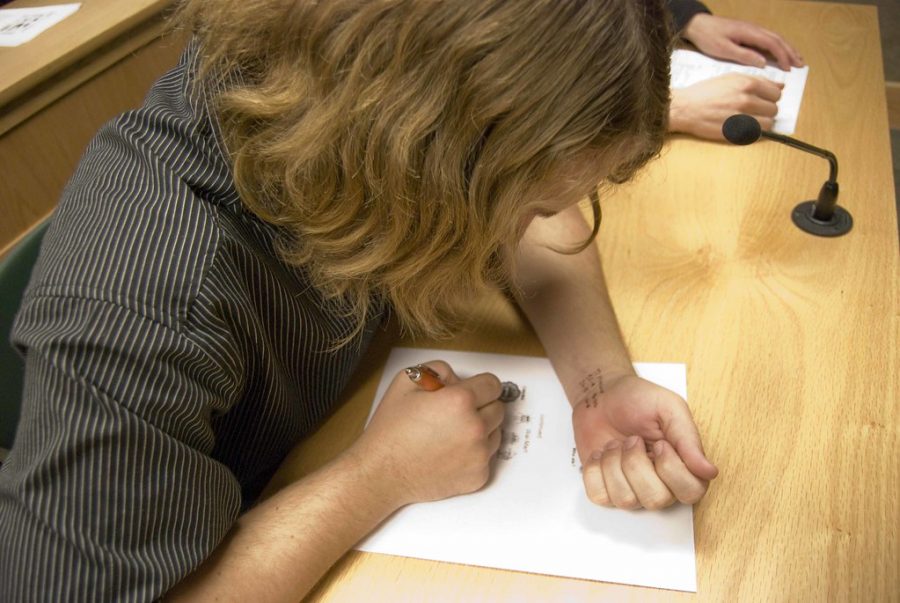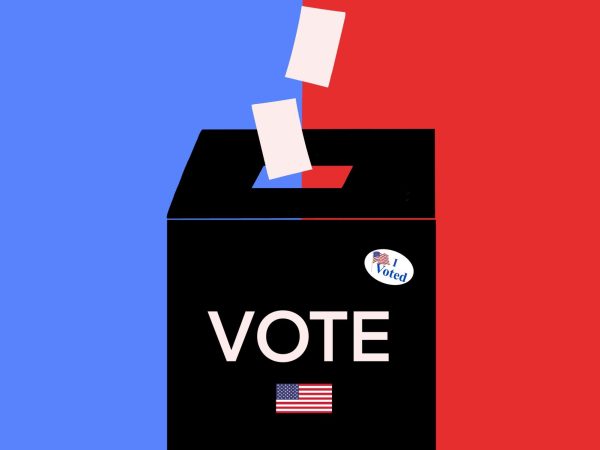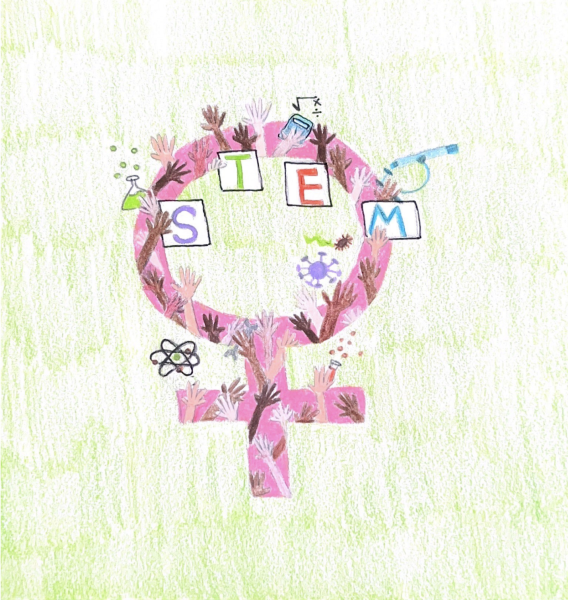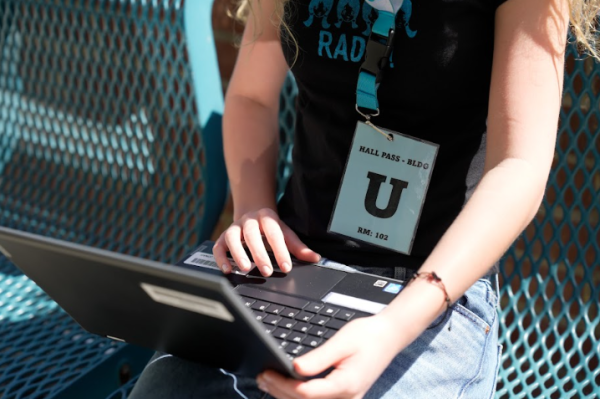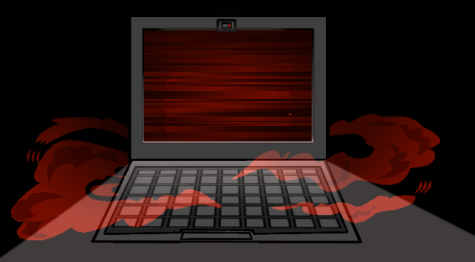Online School and the Honor Code
In the wake of the digital age, educators have become acquainted with the meteoric rise of virtual academic dishonesty due to ubiquitous internet access and cheating services such as Chegg and essaywriter.org. With many schools, colleges and universities transitioning to an eLearning platform, these concerns have been amplified.
In an effort to combat this extensive cheating, many instructors have deployed a fleet of plagiarism checkers and proctoring applications. For example, the online platform, ProctorU, is a staple for online courses. However, even with the extensive precautions requiring students to turn on their cameras, unmute themselves and provide a panoramic view of their workspace, clever students have discovered ways to exploit the system. They can take advantage of the small camera range and the inefficient process of switching proctors for each hour of the test to sneak in items and resources to give them a leg up.
Teachers also use Turnitin.com to flag plagiarism. Nonetheless, determined and experienced cheaters know how to cover up their writing so that the automatic checker overlooks small pieces of paraphrased material and falls for the many tricks employed to beat the system. Beyond direct plagiarism, students also use sample essays during an exam to give themselves an unfair advantage. They can earn outstanding grades by gleaning main ideas and paraphrasing small chunks from essays that have received near-perfect scores. A multitude of students turn to essay writing websites, paying for essays written by professionals and/or college students.
Unfortunately, these tactics only represent a fraction of the methods potential cheaters can use to render eLearning anti-cheating protocols useless.
The division of sentiments between administrators and teachers over online dishonesty has also contributed to its rise. According to a survey conducted by Inside Higher Ed (IHE), 64 percent of administrators reported that their schools use live video proctoring to combat cheating while 18 percent of teachers said the same about their schools. The same survey found that nearly half (46 percent) of the teachers surveyed were not confident in the learning security measures put into place by their schools. These statistics show the differing viewpoints between the individuals making the rules for online school and the individuals following these same rules. This is an issue, as teacher-administrator disagreements can hinder the efficiency of school and disrupt the learning environment.
Everyone agrees that assessments are more secure when given in a traditional classroom setting. However, it is inefficient and costly for schools to effectively implement safety guidelines and provide resources such as reliable COVID-19 tests and accessible sanitizing stations across the campus. As a result of continuous interaction with other students during in-person instruction, one case of the virus can lead to a massive schoolwide outbreak. According to the American Academy of Pediatrics, there were more than 74,000 new cases of COVID-19 in children just in the first two weeks of August. These cases mainly came from the reopening of schools for the 2020-21 school year. There have been numerous subsequent efforts to reopen schools with varying degrees of success, so many districts are still unsure about whether to make the shift to in-person schooling yet.
A hybrid schedule in which most assignments are still completed online and students attend in-person classes a few times a week may prove to be the most practical solution.
The digital aspect will certainly benefit students who devote much of their time for travel to and from school, and the in-person aspect will test a student’s retention and ability in a direct and traditional approach. The in-person setting would also deter cheaters who rely on their security behind a computer screen to cheat. Schools in Ohio have reported success in using the hybrid system, keeping students safe while simultaneously providing an effective learning system.
Additionally, the proposed idea is effective for teachers who find it tedious to grade assignments online and is also helpful for students who want to manage their workload and stress. By returning to school a few times a week, students can directly ask teachers about any questions they may have and bypass many limitations posed by online Office Hours.
With revolutionary technology developing in all fields, especially education, the idea of online schooling that is as rigorous as in-person academics might not be out of reach. Even after the pandemic, schools may be encouraged to incorporate more online elements into their educational systems to complement in-person education. Hybrid schedules could become the new normal, or even the precursor to a whole new system.

Dohyun (Andy) Ju is a senior who joined Tideline three years ago as a freshman. He currently holds the position of Editor-in-Chief. Through Journalism,...


